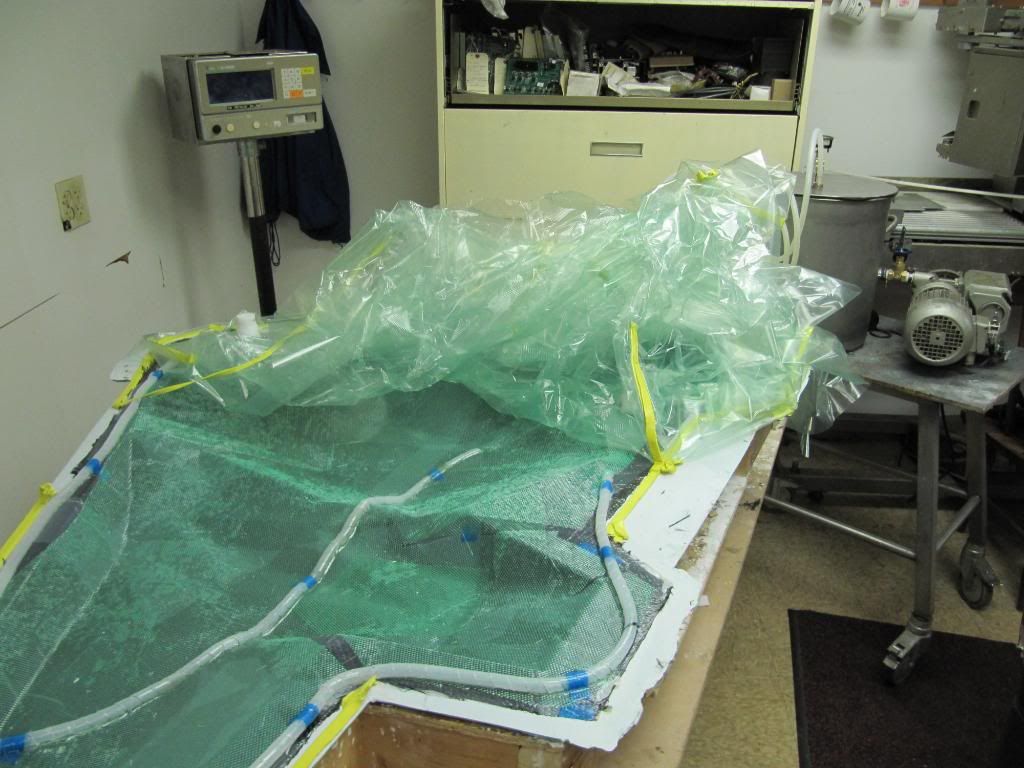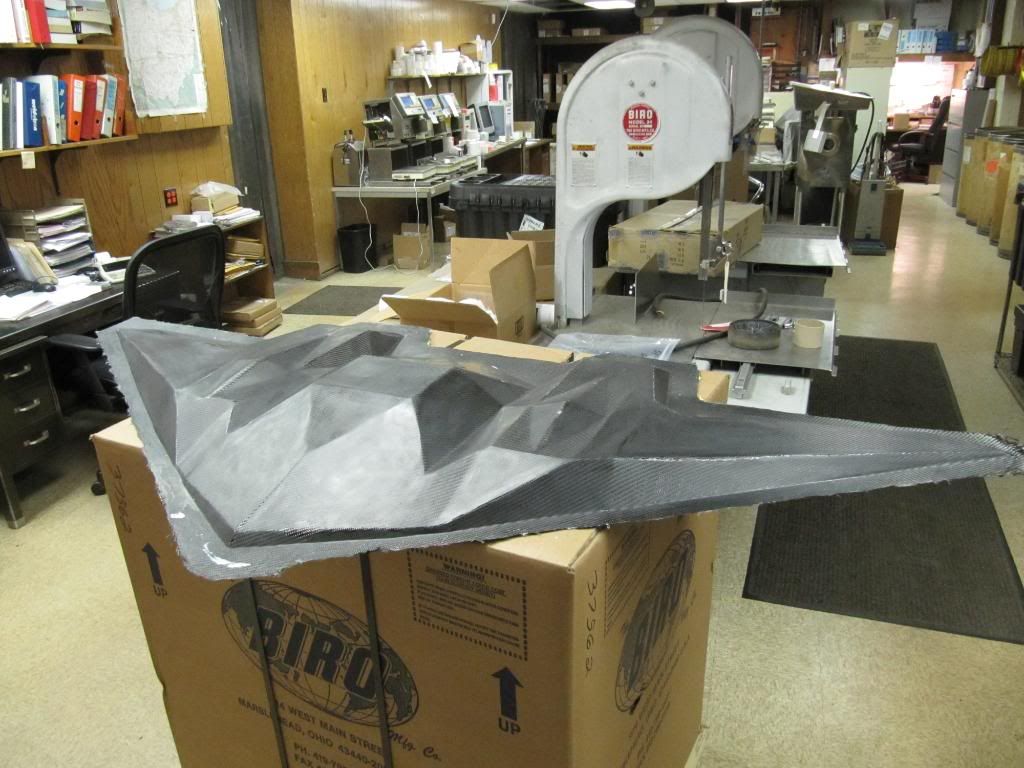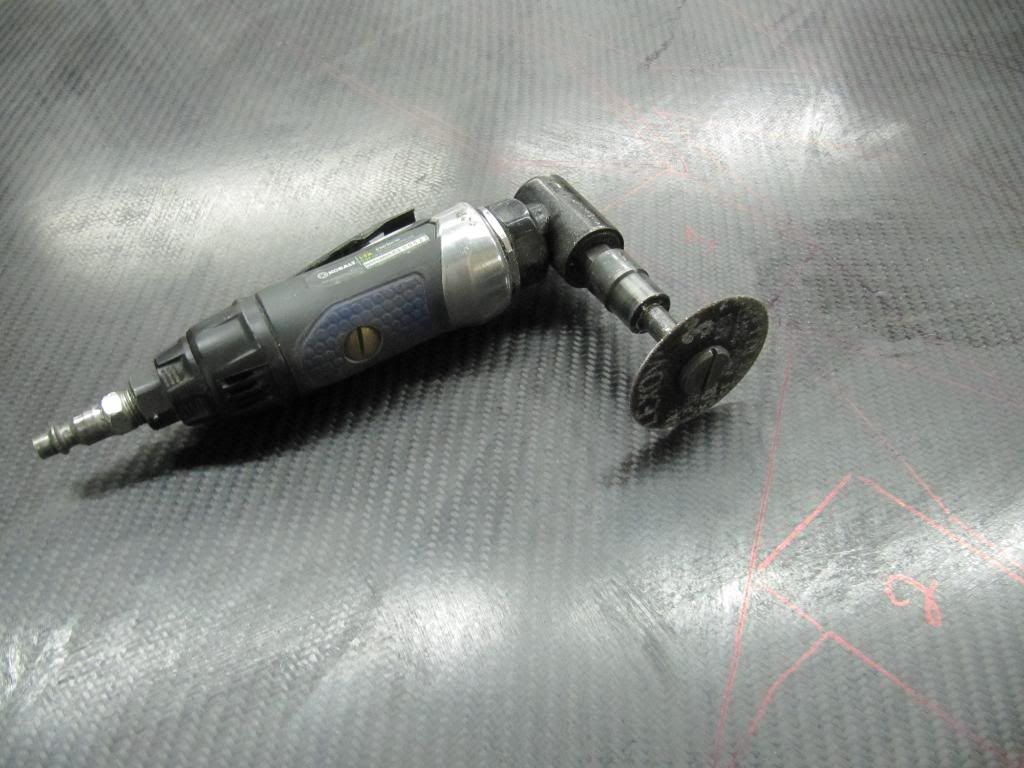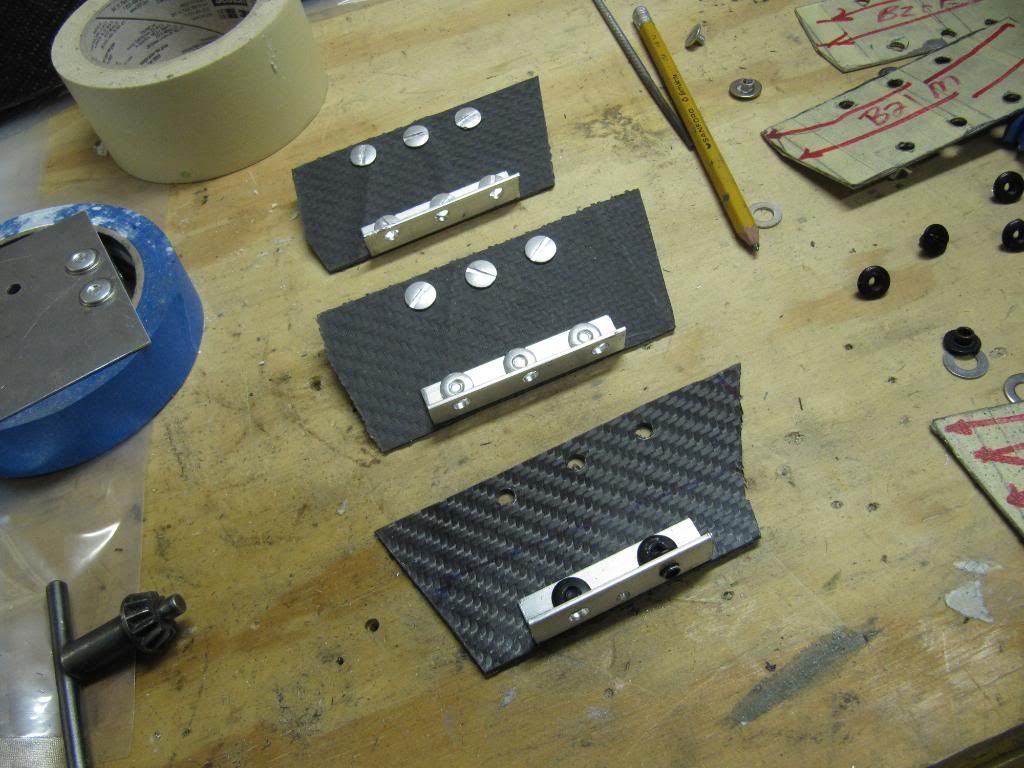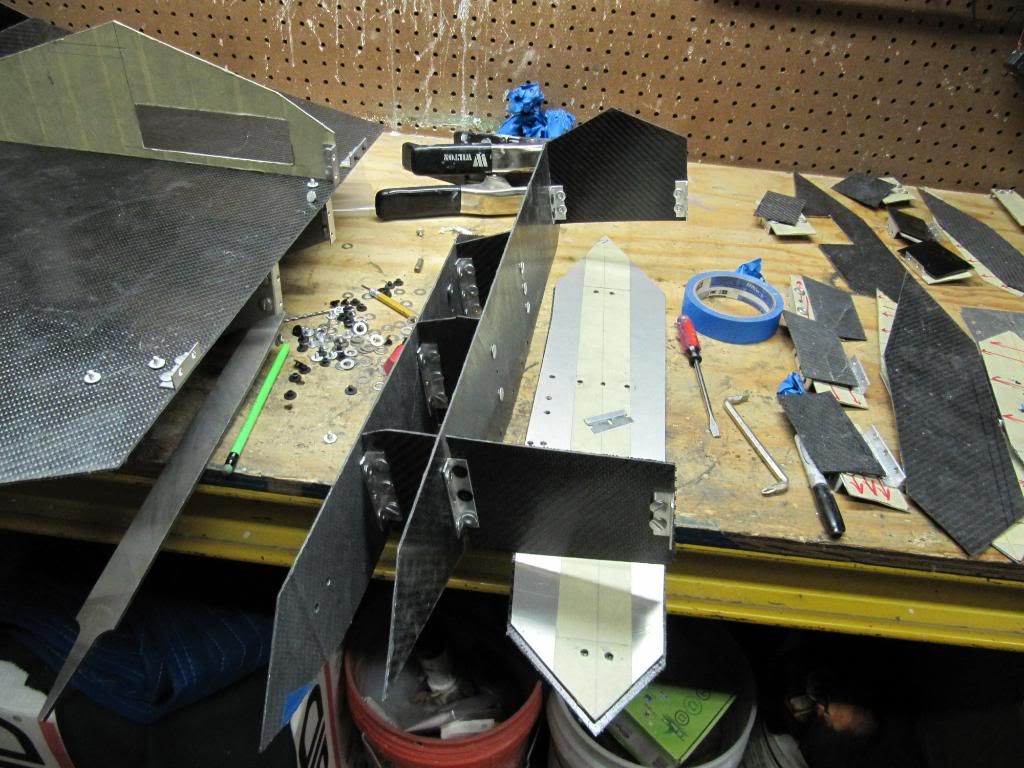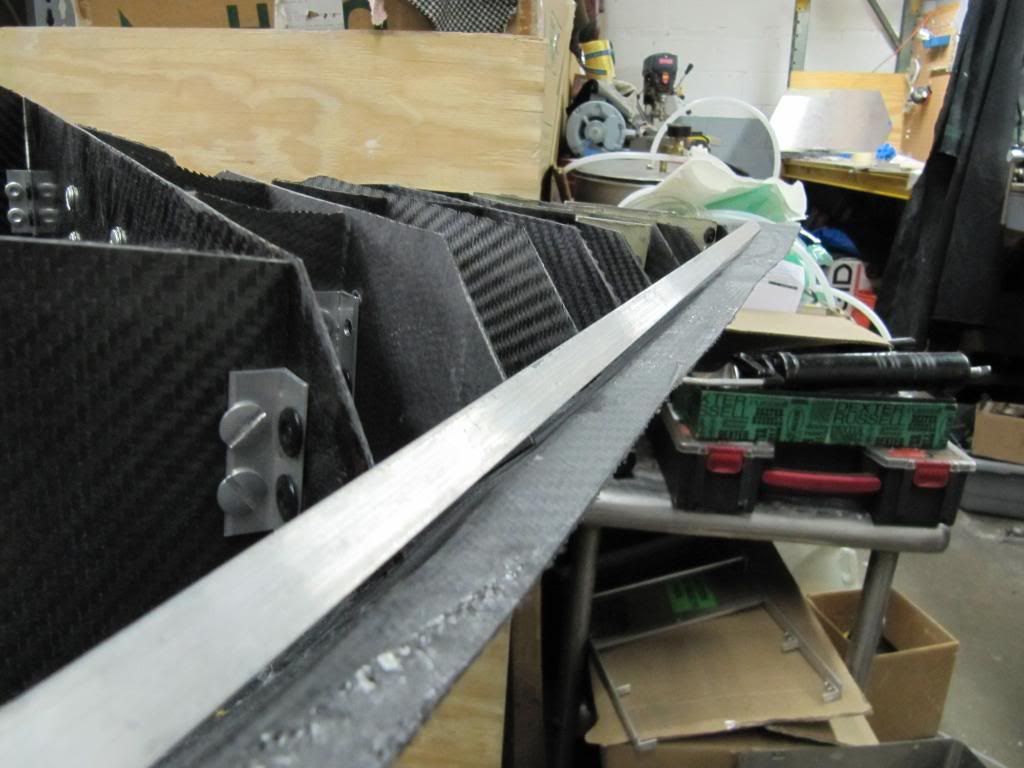Happy New Year!! 2012 is going to be a great year in modding. I hope you all didn't think this build was dead:nono: Holidays in the US are tough to get materials out of suppliers, so the waiting game takes hold. In the meantime, instead of buying a pressure pot/resin trap, I decided to build one.
I went to Home Depot and bought some 4 inch PVC pipe with two ends that screwed in. The one ended I cemented in place and I cement the rest of the pipe sections together to leave what you see below.

I than got lucky cause I needed a gasket to make a secure seal when the top was screwed down. I venture down the faucet accessories aisle and found a 4 inch gasket that goes underneath your faucet. :clap:

I drilled, tap, telfon taped, screwed in some barb fitting 1/2" into the top cover.

I have already tested my pressure pot. I got get some pictures up. That will be later today.
I went to Home Depot and bought some 4 inch PVC pipe with two ends that screwed in. The one ended I cemented in place and I cement the rest of the pipe sections together to leave what you see below.

I than got lucky cause I needed a gasket to make a secure seal when the top was screwed down. I venture down the faucet accessories aisle and found a 4 inch gasket that goes underneath your faucet. :clap:

I drilled, tap, telfon taped, screwed in some barb fitting 1/2" into the top cover.

I have already tested my pressure pot. I got get some pictures up. That will be later today.
![[H]ard|Forum](/styles/hardforum/xenforo/logo_dark.png)






























































































